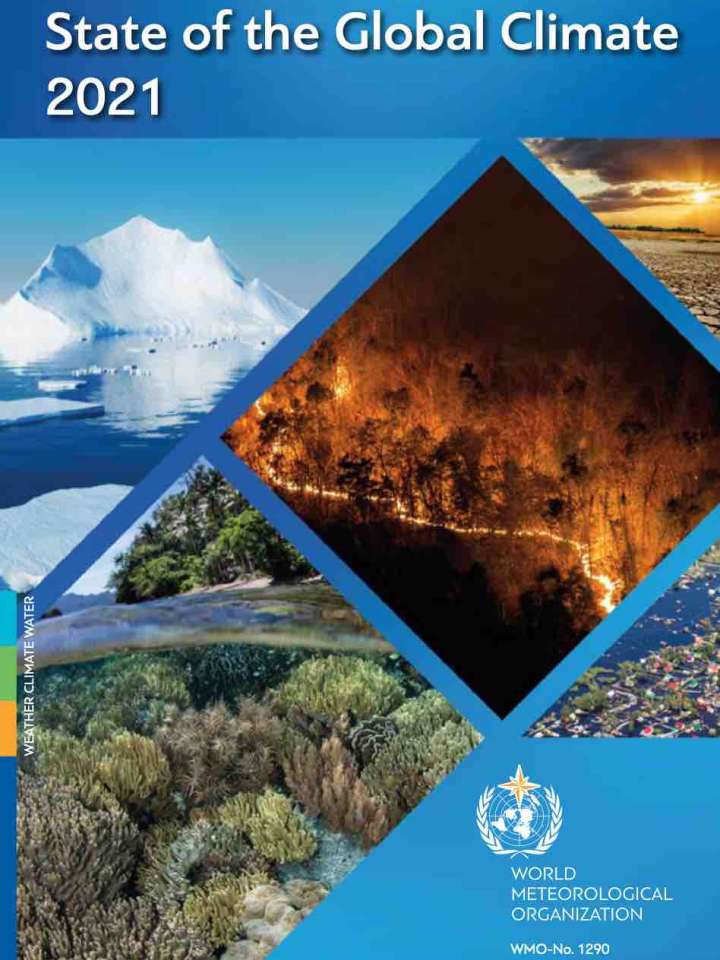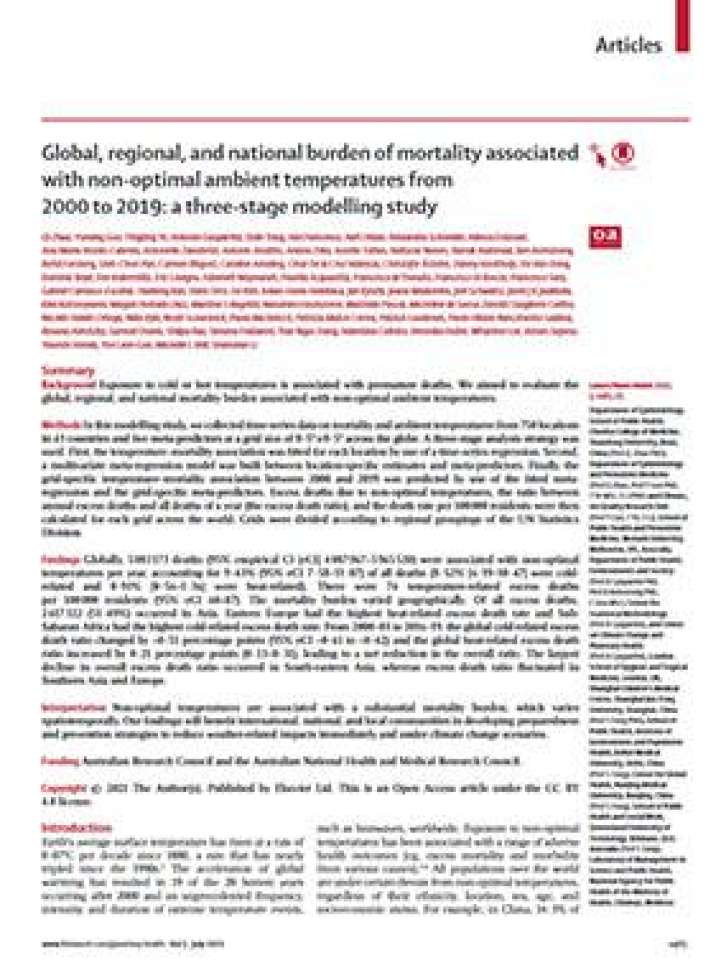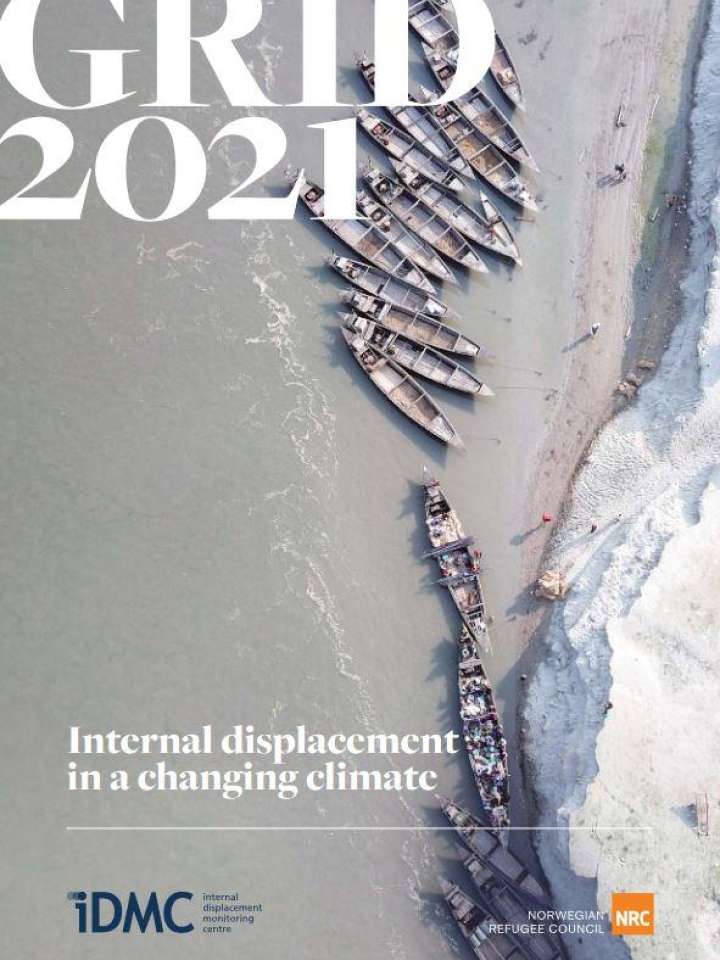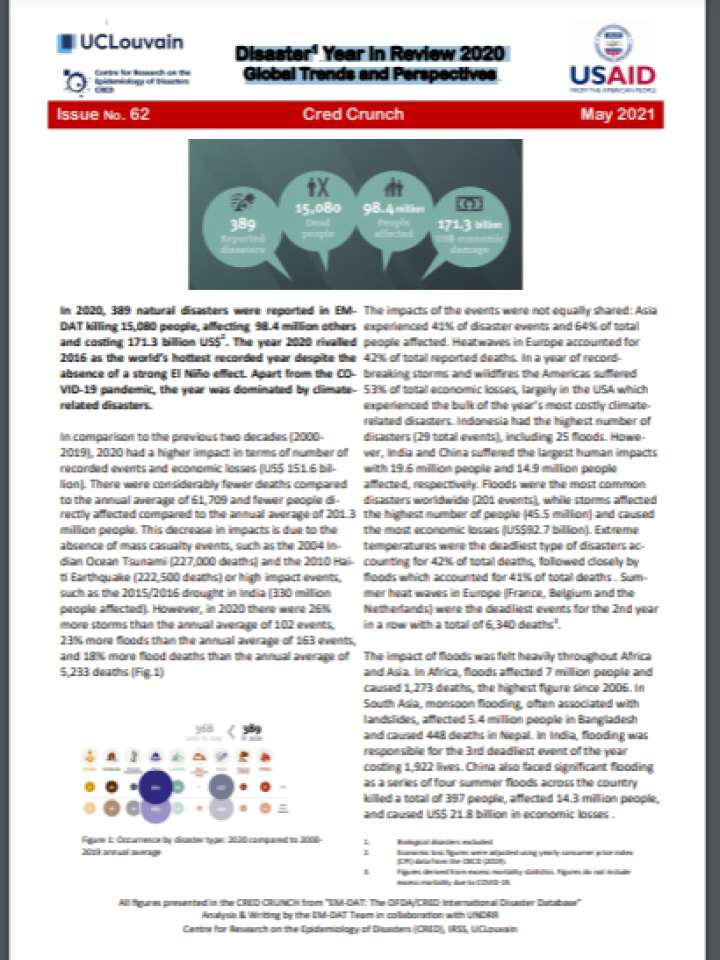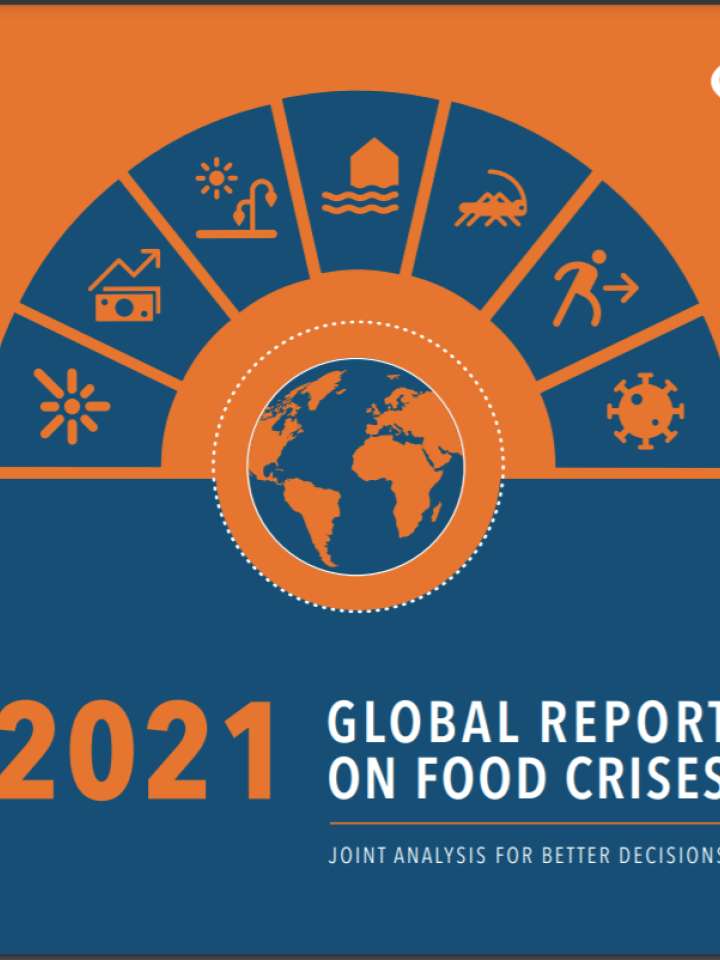Disaster statistics reports
While absolute economic losses are concentrated in high-income countries, the human cost of disasters falls overwhelmingly on low and middle-income countries. This is a list of key reports with disaster statistics.
Learn more about the role of disaster losses and statistics in DRR.
